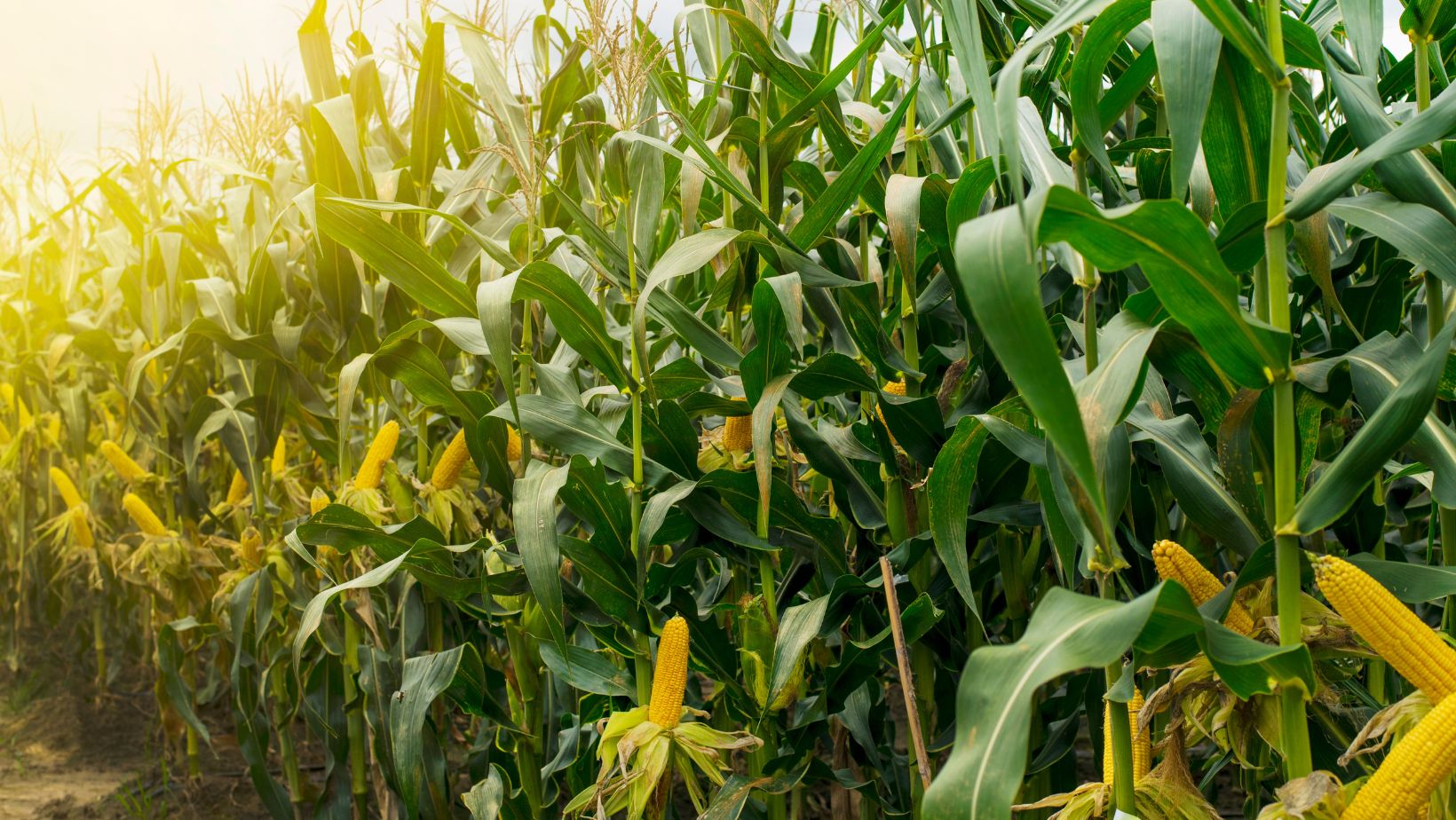In 2024, the yellow corn market experienced notable fluctuations in price, driven by a combination of factors ranging from supply and demand dynamics to weather conditions, trade policies, and macroeconomic trends. Understanding the evolution of yellow corn prices during this period requires a comprehensive analysis of these interconnected factors.
At the beginning of the year, yellow corn prices started relatively stable, supported by steady demand from various sectors, including animal feed, ethanol production, and food processing. Strong global demand, particularly from key importers like China and the United States, provided initial support to corn prices. Additionally, expectations of a rebound in economic activity following the disruptions caused by the COVID-19 pandemic contributed to optimistic market sentiment.
However, as the year progressed, yellow corn prices faced increased volatility due to several factors. Adverse weather conditions, including droughts, excessive rainfall, and heatwaves, in major corn-producing regions such as the United States, Brazil, and Argentina, raised concerns about crop yields and supply shortages. These weather-related challenges, coupled with reports of reduced planted acreage and delayed planting schedules, fueled speculation of a potential shortfall in corn production.
Geopolitical tensions and trade uncertainties also exerted pressure on yellow corn prices. Escalating trade tensions between the United States and China, coupled with trade disputes and retaliatory tariffs, disrupted corn trade flows and added uncertainty to market outlooks. Additionally, fluctuations in currency exchange rates and inflationary pressures influenced corn prices, impacting production costs and export competitiveness.
Government policies and interventions aimed at mitigating supply shortages and stabilizing prices were observed in various countries. Measures such as agricultural subsidies, support programs for farmers, and strategic grain reserves were implemented to address concerns about food security and market stability. Efforts to promote sustainable agricultural practices and enhance resilience against climate risks were also prioritized to mitigate the impact of adverse weather conditions on corn production.
Furthermore, technological advancements and innovation in agricultural practices played a significant role in shaping corn price dynamics. Adoption of precision farming techniques, improved seed varieties, and advancements in crop protection technologies helped farmers enhance productivity and mitigate production risks. These innovations, coupled with investments in infrastructure and logistics, aimed to strengthen supply chain resilience and support efficient grain distribution.
Despite these efforts, yellow corn prices remained volatile throughout the year, reflecting the complex interplay of supply and demand fundamentals, weather uncertainties, and geopolitical risks. Market participants, including producers, traders, and consumers, navigated this challenging landscape by implementing risk management strategies and closely monitoring market developments.
Looking ahead, the outlook for yellow corn prices will continue to be influenced by a multitude of factors, including weather conditions, global economic trends, trade policies, and geopolitical developments. Amidst these uncertainties, proactive risk management, adaptive strategies, and technological innovation will be essential for stakeholders to navigate the evolving dynamics of the yellow corn market in 2024 and beyond.


